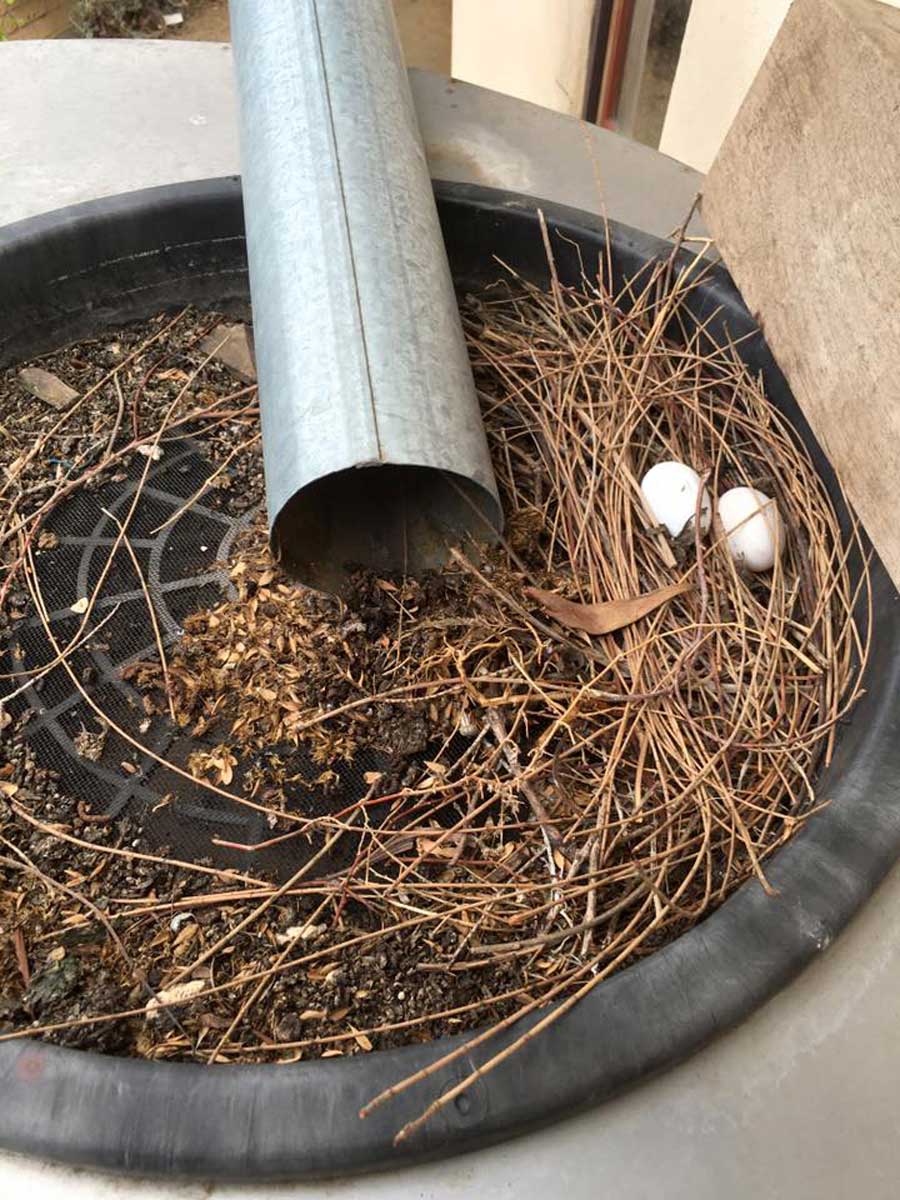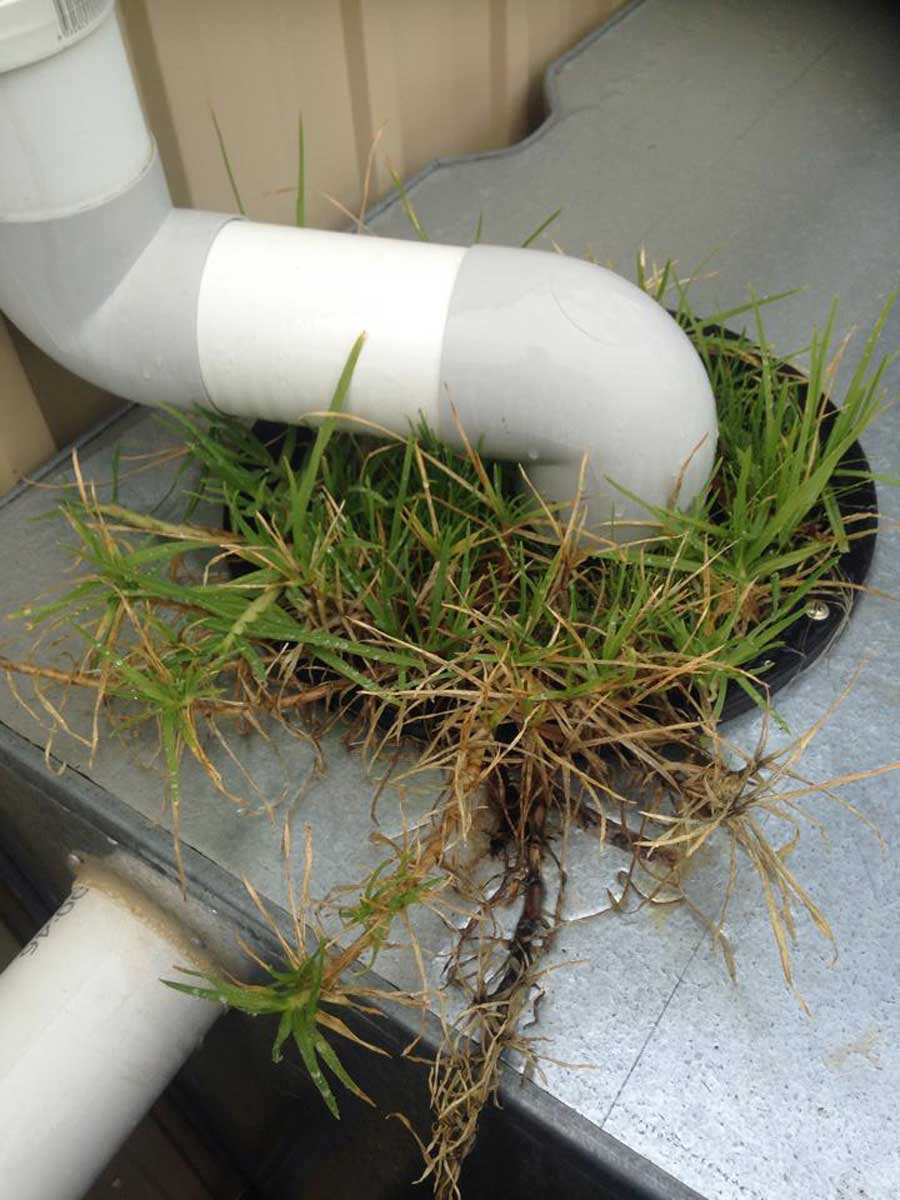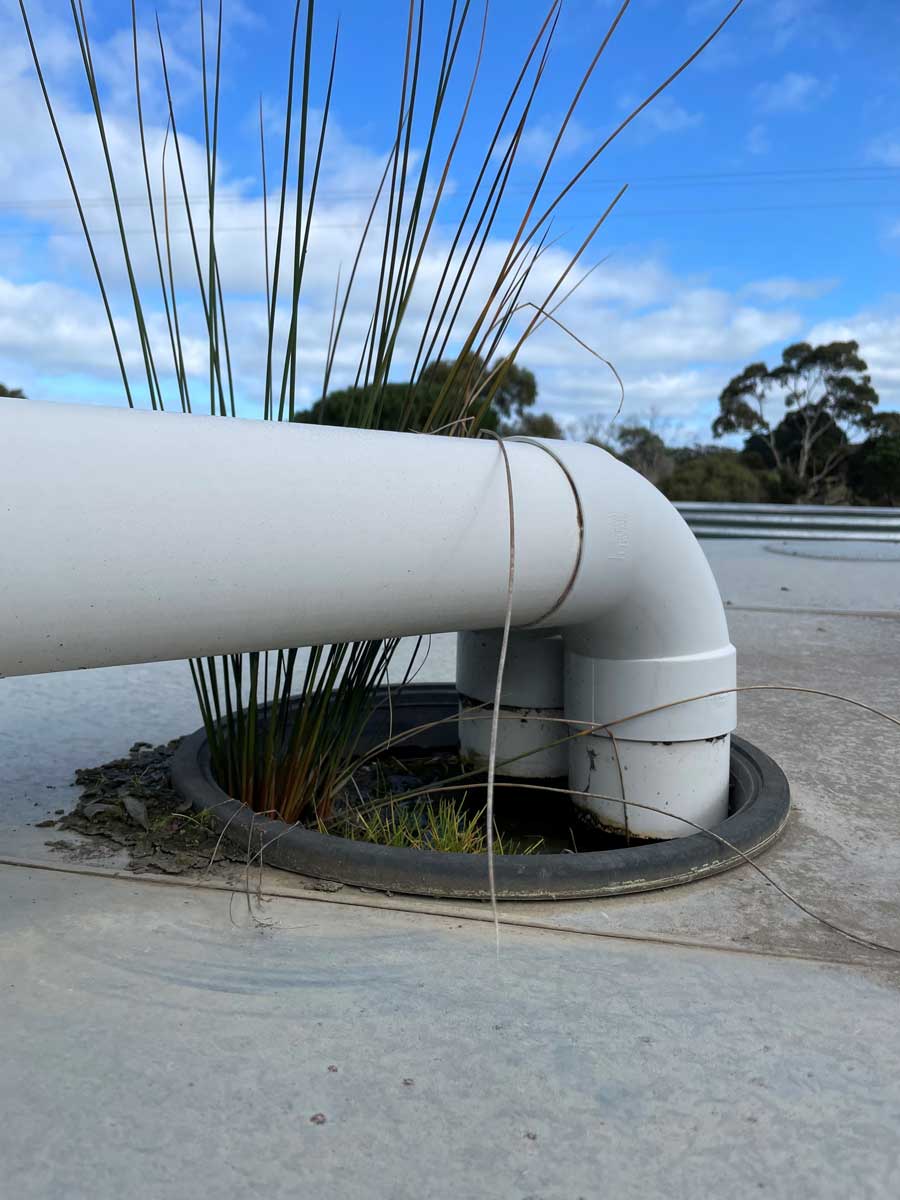Tank Care
Compass TanksCall Us
08 8556 8544
Tank Care and Maintenance
Approximately 62 per cent of South Australians store rainwater for regular use such as drinking, washing and watering gardens. However, only 17 percent actually keep their rainwater healthy through annual tank cleaning, combined with pre and post tank filtration and maintenance. Every household should take responsibility for the health and safety of their rainwater and storage tank. It is a common misconception that if the water looks clean it must be okay. Water in a poorly maintained tank inevitably contains bacteria and other impurities.
These simple tips will help to ensure the health of your water and tank:
- Keep your gutters and roof catchment clear of organic matter such as leaves etc.
- Rapid bacterial growth and the leaching of tannins from leaves and organic debris is promoted by warmer water, especially during summer in tanks with high sludge levels.
- Filtering the water after it leaves the tank, post-tank filtration, is no substitute for clean gutters, pre-tank filtration (leaf filters and water diverters) and annual tank cleaning.
- By disconnecting down pipes from your tank before the first rain after a long dry spell, you will prevent dust, debris and other pollutants collected on your roof from entering your tank. Alternatively a first-flush diverter can be installed.
- Paraffin oil or kerosene added to your tank water will not prevent mosquitoes breeding. The oil will turn to wax in cold water, and the kerosene can pose a health risk. A properly sealed tank will prevent insect entry. Sealing also ensures the tank remains as dark as possible, keeping algal growth to a minimum.
- Rainwater is naturally mildly acidic. As it falls through the atmosphere it dissolves carbon monoxide, giving it a pH around 6.5. By adding a teaspoon of baking soda to 450 litres of rainwater will take the pH to 7.0. This will make the water softer, reducing the need for soap and detergents in washing.
- Over an extended period, organic debris collecting in a galvanised tank generates citric acid, altering the pH to around 5.5. This will lead to tank corrosion, creating the common “rusty tank” problem. An annual tank clean will maintain near neutral levels, extending the life of your tank.



Like more information?
We welcome enquiries about our product range in order for you to achieve the best solution for your requirements.
